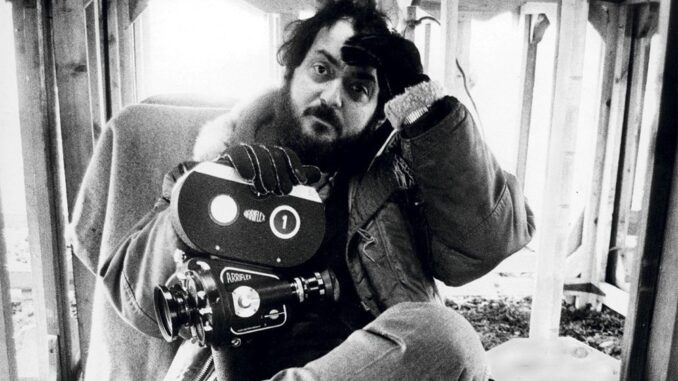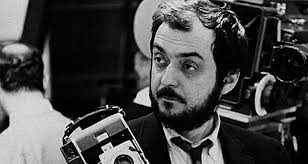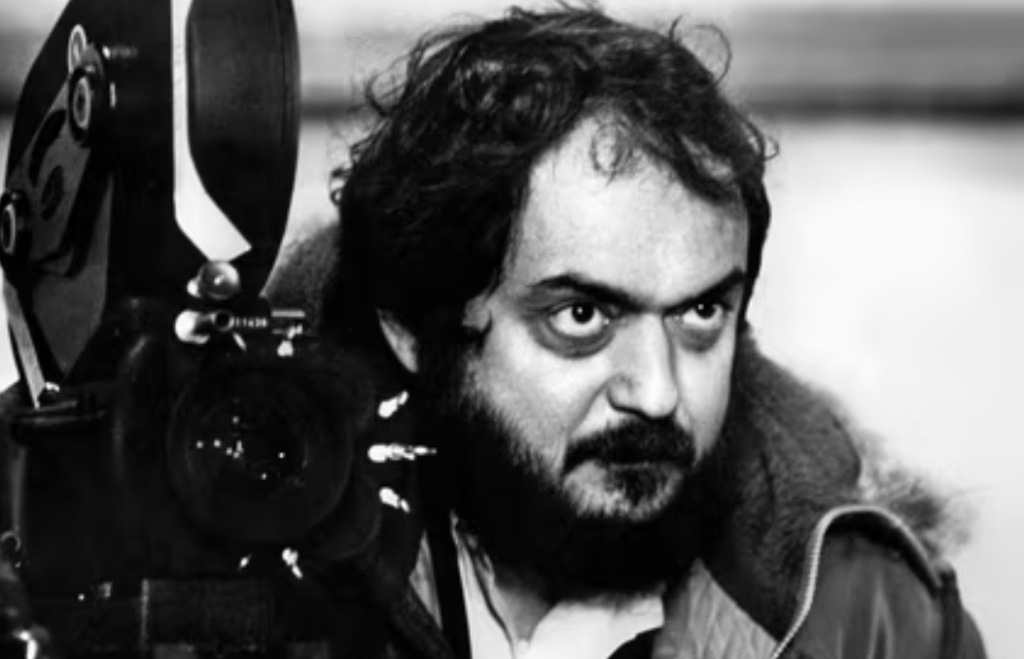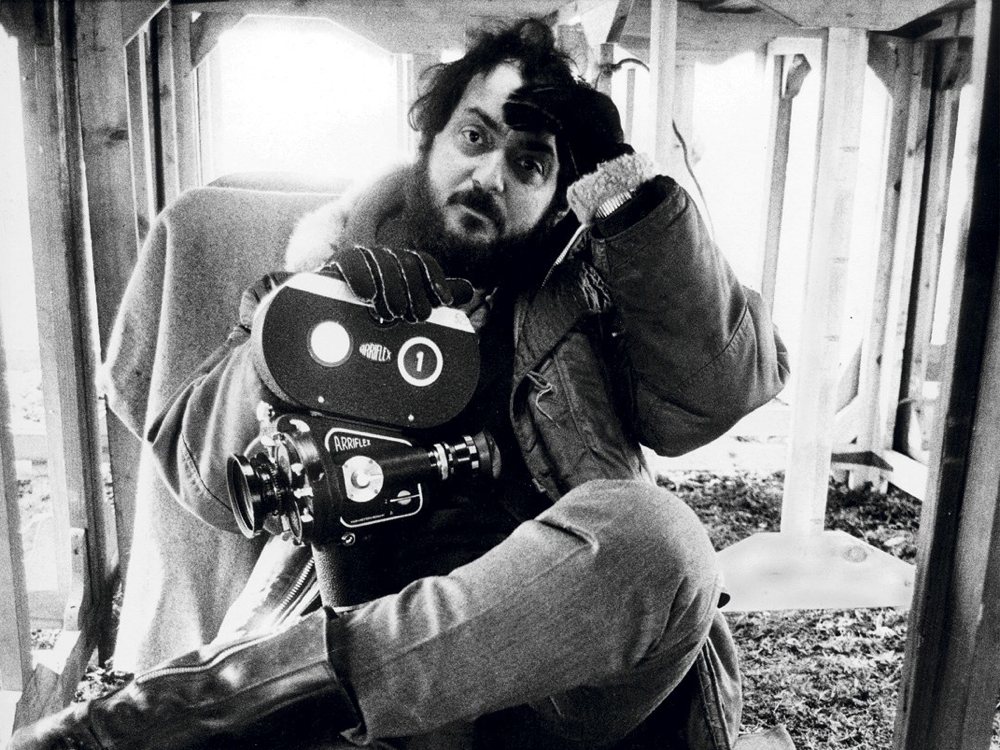
Stanley Kubrick remains one of cinema’s towering figures, known for his meticulous craftsmanship and visionary approach to filmmaking. While many celebrate his films for their technical precision and thematic complexity, there are layers to Kubrick’s method and persona that are less explored but equally fascinating.

Kubrick’s obsessive attention to detail is legendary. During the filming of The Shining, he demanded up to 127 takes for a single scene, pushing actors Shelley Duvall and Jack Nicholson to their emotional limits. This relentless pursuit of perfection was driven by his belief that actors find their best performances under intense pressure—a philosophy that often led to strained relationships on set but resulted in unforgettable cinematic moments.
His meticulous nature was not reserved for The Shining alone. In 2001: A Space Odyssey, Kubrick collaborated with experts in science and technology to achieve an unprecedented level of realism in the depiction of space travel, which forever changed the standards for the science fiction genre. The film’s innovative use of special effects and its profound narrative have made it a landmark in film history.

Kubrick was known for his peculiar habits and directives. For instance, he had an intense fear of flying, which drastically influenced how he managed his film productions, often choosing locations within driving distance or handling overseas operations remotely. His obsession with privacy and security was so intense that he used code names for his projects and insisted on exhaustive background checks for every staff member involved in his films.
In A Clockwork Orange, Kubrick explored themes of violence and free will, prompting widespread controversy and debate. The film’s provocative content led to Kubrick withdrawing it from distribution in the United Kingdom due to concerns about copycat crimes, showcasing his moral responsibility towards his work’s societal impact.
One of the most tantalizing aspects of Kubrick’s career is the rumored existence of unseen footage and entire films. After the release of The Shining, it was reported that Kubrick cut a final scene from the film just days after its initial screenings, and this deleted scene has become a holy grail for Kubrick enthusiasts and horror fans alike. The scene supposedly provided a more conclusive ending to the film, offering a different fate for some characters.

Kubrick rarely appeared in interviews, but when he did, his insights were profound. In a rare interview, he discussed his views on the supernatural, admitting a skeptical but open-minded perspective that influenced his approach to adapting The Shining. He believed in using supernatural elements not as ends themselves but as means to explore deeper psychological truths.
The mystique surrounding Kubrick includes various rumors and gossip that continue to captivate fans and critics. One such story involves his supposed involvement with the American government, crafting fake moon landing footage—an enduring conspiracy theory that Kubrick himself found amusing and never publicly contested too seriously. Kubrick’s influence extends beyond his films.
He inspired a generation of filmmakers and artists who admire his work for its artistic integrity and uncompromising nature. Directors like Steven Spielberg and Martin Scorsese have cited Kubrick as a major influence on their careers, and his impact is particularly pronounced in the horror genre, where his approach to atmospheric tension and psychological depth set new standards.



